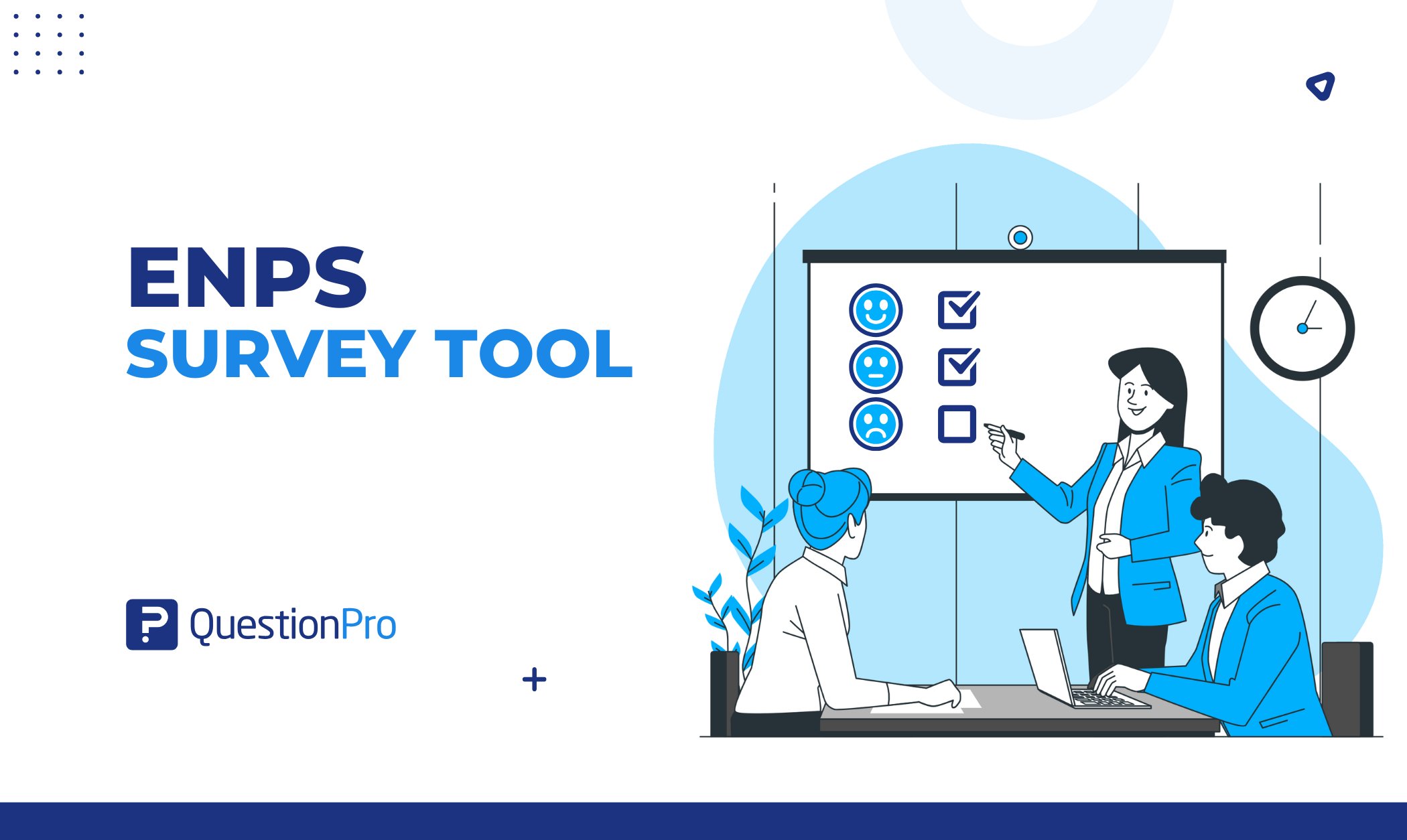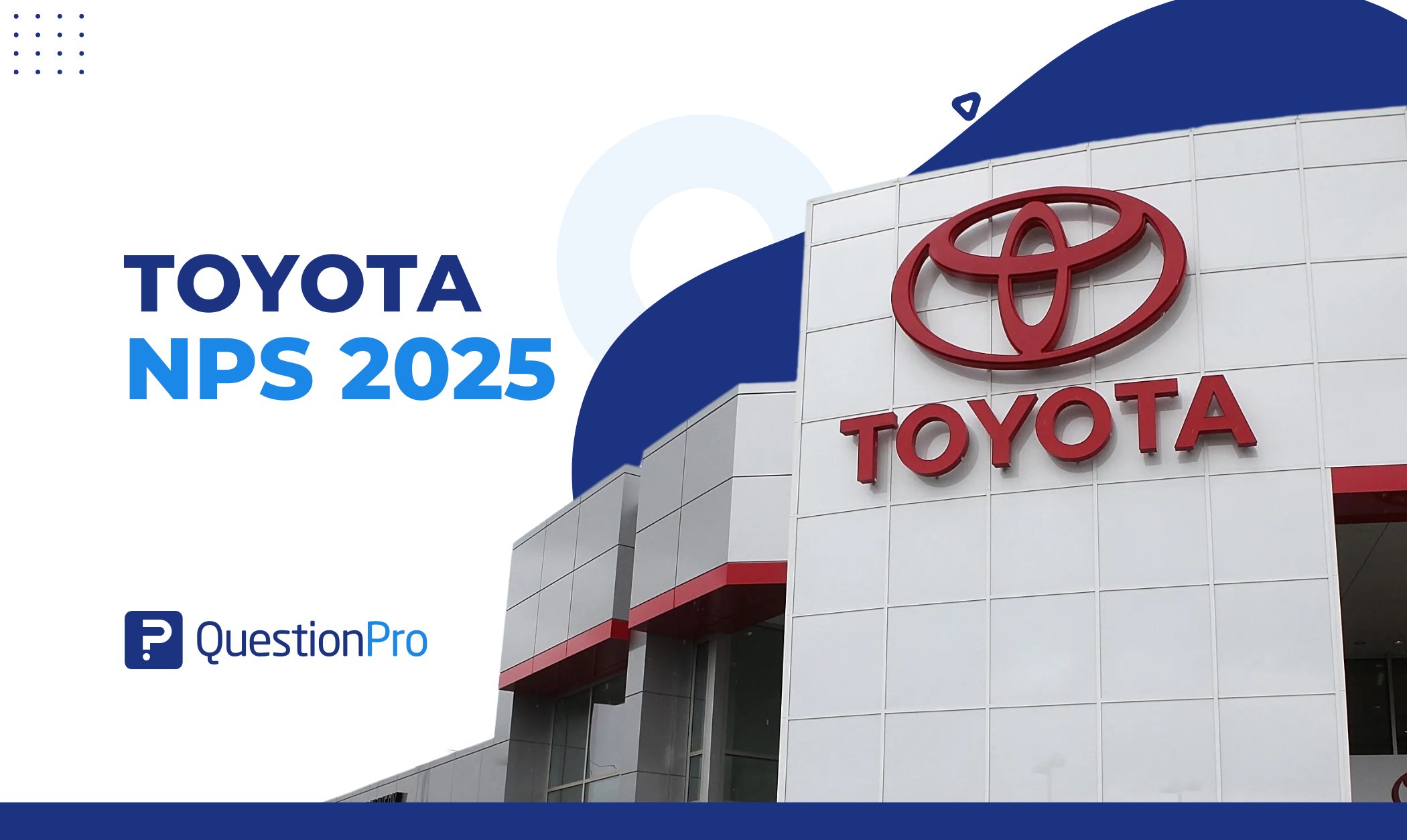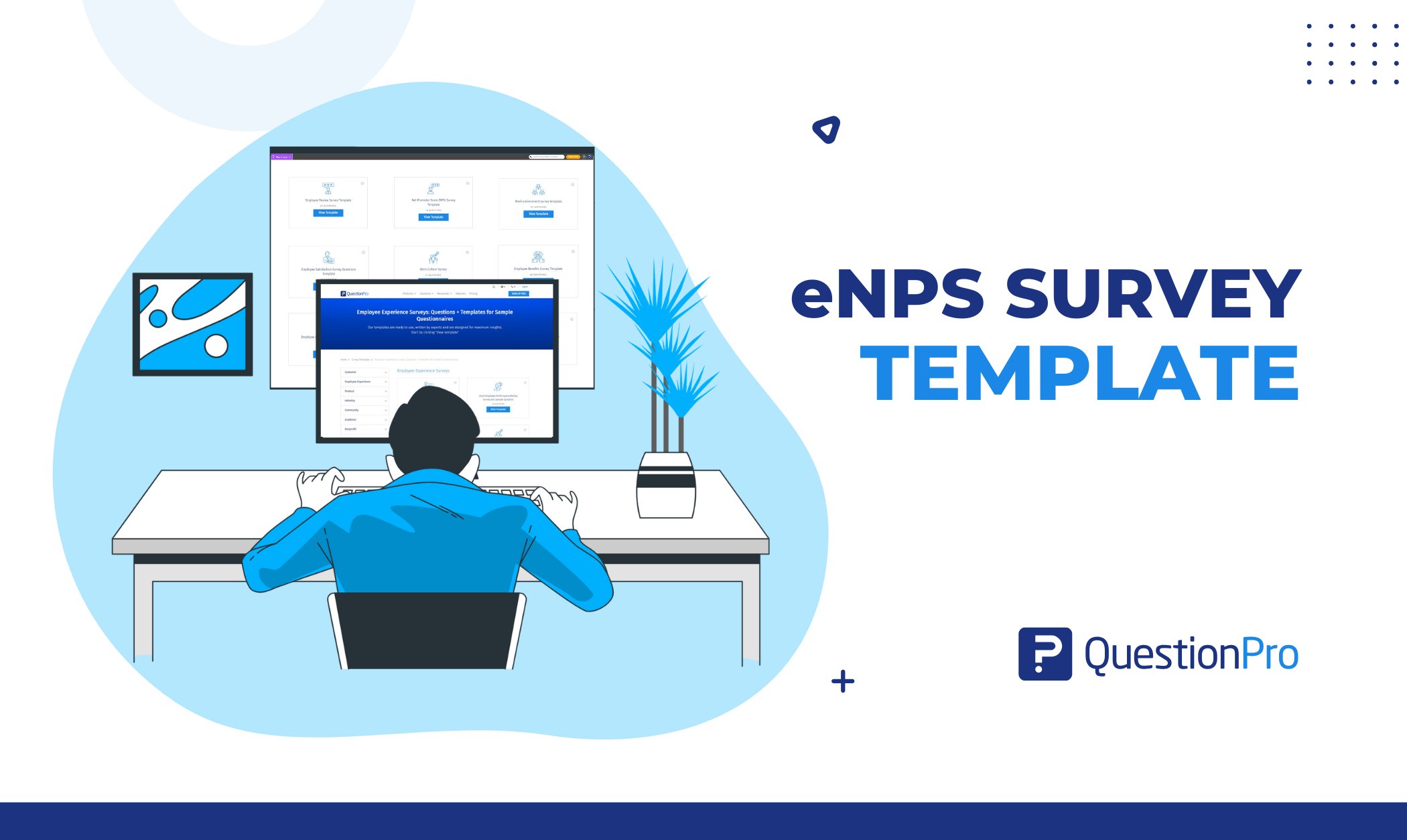
Innovative approaches are constantly emerging to provide a more holistic view of an individual’s strengths and areas for growth. One such approach that has gained traction is the 270 degree feedback. In this blog post, we will delve deep into the world of 270 degree feedback, exploring its intricacies, benefits, and practical implementation.
What is 270 Degree Feedback?
270 degree feedback, also known as “limited feedback” or “partial feedback,” is a performance evaluation method that involves gathering insights from a select group of individuals who interact closely with an employee. Unlike the more well-known 360 degree feedback, which involves feedback from multiple sources, including superiors, peers, subordinates, and external partners, 270 feedback focuses on collecting input from a narrower angle.
Examples of 270 Degree Feedback
- Team-Centric Feedback: Gathering feedback exclusively from an employee’s immediate team members offers insights into their collaborative skills, communication style, and team dynamics.
- Supervisor-Centric Feedback: In cases where a team’s success relies heavily on a supervisor’s leadership, obtaining feedback primarily from the supervisor provides valuable insights into leadership effectiveness.
- Client-Centric Feedback: For client-facing roles, seeking client feedback from clients or customers helps gauge the employee’s ability to meet client needs and expectations.
- Functional Feedback: Focusing on feedback from colleagues within the same functional area provides insights into an employee’s technical expertise and domain knowledge.
- Cross-Functional Feedback: Combining perspectives from different functional areas gives a broader view of an employee’s ability to collaborate across departments.
Pros and Cons of 270 Feedback
Pros:
- Efficiency: The narrower scope of feedback providers results in a more streamlined and efficient feedback process.
- Focused Insights: Feedback from a specific subset of individuals can offer targeted insights into an employee’s role-related skills.
- Reduced Bias: With a smaller feedback pool, there’s a potential for reduced bias in the feedback provided.
- Customization: Tailoring the feedback providers allows organizations to align feedback with their specific goals.
Cons:
- Limited Perspective: Narrowing down the feedback sources might lead to missing out on a well-rounded assessment.
- Incomplete Picture: Excluding certain sources might overlook critical areas of improvement.
- Potential for Bias: While limited, there’s still a possibility of bias creeping into the feedback provided.
Steps to Conduct 270-Degree Feedback
By following these steps, you can conduct a 270-degree feedback process that provides valuable insights, fosters professional development and contributes to overall organizational growth. Remember that feedback is a continuous cycle, and ongoing improvement efforts lead to enhanced performance and employee satisfaction:
Step 1: Define the Objective
Before diving into the feedback process, it’s crucial to have a clear understanding of your objectives. Ask yourself what you aim to achieve with this feedback. Are you focusing on a specific skill improvement, leadership development, or overall performance enhancement?
By defining your goals upfront, you can tailor the feedback process accordingly.
Step 2: Select Feedback Providers
Identify the right group of individuals who will provide feedback on the employee’s performance. These individuals should have a direct connection to the employee’s role and responsibilities.
This might include supervisors, peers, subordinates, and even external stakeholders like clients or partners. Ensure diversity in feedback providers to gather a holistic perspective.
Step 3: Develop the Questionnaire
Creating a well-structured questionnaire is at the core of a successful 270-degree feedback process. The questionnaire should be designed to cover the specific areas of assessment identified in your objectives.
Questions should be clear, relevant, and focused on actionable insights. Consider using a mix of scaled questions (e.g., rating scales) and open-ended questions to gather both quantitative and qualitative data.
Step 4: Gather Feedback
Once the questionnaire is ready, distribute it to the selected feedback providers. Ensure that you provide clear instructions on how to complete the feedback and set a reasonable deadline for responses.
You may use an online survey platform to streamline data collection, making it easier to gather and analyze feedback efficiently.
Collect all the feedback responses and analyze the insights. Look for patterns, trends, and areas where multiple feedback providers agree or disagree. This analysis is crucial to distill actionable information from the data.
After the analysis, share the results with the employee in a constructive and supportive manner. Highlight strengths and areas for improvement while maintaining a focus on growth.
Step 6: Create an Action Plan
Collaborate with the employee to develop a concrete action plan based on the feedback received. The action plan should be specific, measurable, achievable, relevant, and time-bound (SMART). Discuss strategies for leveraging strengths and addressing weaknesses.
Encourage the employee’s active participation in setting goals and milestones.
Step 7: Monitor Progress
The feedback process doesn’t end with the action plan; it’s a constant journey.
Regular check-ins, coaching sessions, and additional feedback assessments can help gauge improvement. Be prepared to adapt the action plan based on changing circumstances or feedback.
Learn About: 360 Degree Appraisal
The Difference Between 270 and 360 Degree Feedback
The key distinction between 270 and 360 degree feedback lies in the scope of feedback providers. While 360 review feedback encompasses a comprehensive range of perspectives, 270 feedback narrows down the sources to a specific subset. This can include an individual’s immediate team members, supervisors, and sometimes clients or external stakeholders.
We highlighted the primary differences between 270-degree and 360-degree feedback processes to help organizations choose the most appropriate approach based on their specific needs and objectives:
| Aspect | 270-Degree Feedback | 360-Degree Feedback |
|---|---|---|
| Scope of Feedback Providers | Limited to a specific subset, often including immediate team members, supervisors, and possibly external stakeholders. | Comprehensive, involving a wide range of feedback providers, such as supervisors, peers, subordinates, clients, and more. |
| Degree of Confidentiality | Feedback providers may not be anonymous, leading to potential concerns about frankness and bias. | Often allows for anonymity among feedback providers, encouraging more honest and unbiased responses. |
| Focus on Specific Objectives | Suited for targeted feedback related to specific goals or areas of improvement. | Offers a broader perspective on an individual’s overall performance, skills, and competencies. |
| Efficiency and Resource Requirements | Typically requires fewer resources and less time due to the narrower focus. | Requires more resources, including time, effort, and coordination, due to involving a larger pool of feedback providers. |
| Customization | Offers the flexibility to tailor the feedback process to meet specific objectives and objectives. | Involves a standardized approach to gather feedback from multiple sources. |
| Data Depth vs. Breadth | Provides deeper insights into specific areas but may lack the breadth of a 360-degree assessment. | Offers a wider range of perspectives, providing a comprehensive view of an individual’s performance. |
| Use Cases | Commonly used for targeted development plans, skill enhancement, or addressing specific issues. | Used for comprehensive performance evaluations, leadership development, and talent management. |
| Suitability for Smaller Teams | Often more suitable for smaller teams or when a focused assessment is needed. | Effective for larger teams or organizations seeking a holistic view of employee performance. |
Conclusion
The 270 degree feedback emerges as a strategic alternative to the more expansive 360 degree feedback. By narrowing the feedback providers to a specific subset, organizations can efficiently gather targeted insights and tailor feedback to their unique goals. However, it’s crucial to strike a balance between the advantages of streamlined feedback and the potential of missing out on diverse perspectives.
If you’re considering implementing 270 degree feedback within your organization, QuestionPro’s suite of solutions can be your trusted companion. Our advanced feedback tools empower you to customize feedback processes, analyze results, and drive actionable insights. To learn more about how QuestionPro can elevate your feedback initiatives, visit our website and explore the possibilities today.
As the landscape of performance evaluation continues to evolve, 270 feedback stands as a testament to the adaptability and innovation that organizations harness to unlock new perspectives and enhance individual growth.





![[CX]-TCXT-closing-the-loop](https://www.questionpro.com/blog/wp-content/uploads/2025/06/CX-TCXT-closing-the-loop.jpg)

